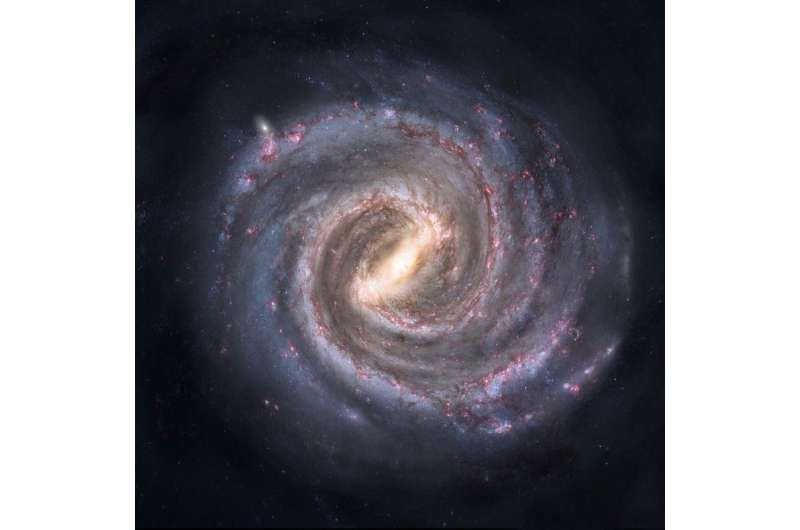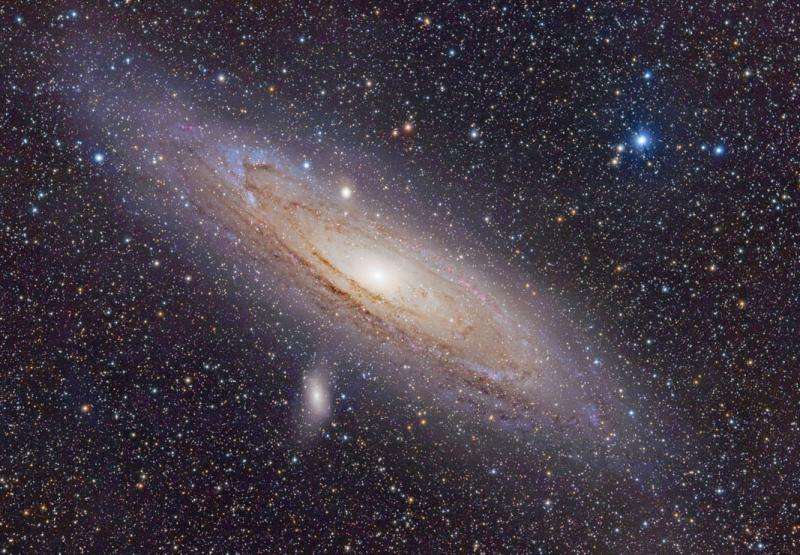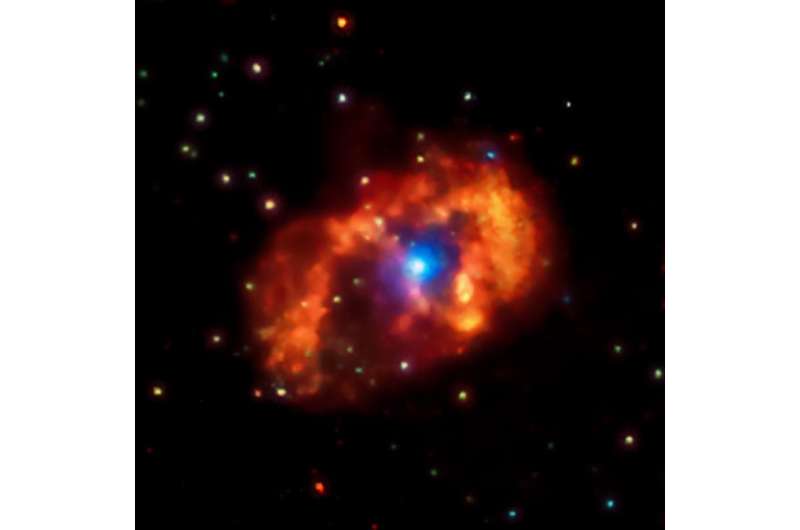How do galaxies die?

Everything eventually dies, even galaxies. So how does that happen?
Time to come to grips with our galactic mortality. Not as puny flesh beings, or as a speck of rock, or even the relatively unassuming ball of plasma we orbit.
Today we're going to ponder the lifespan of the galaxy we inhabit, the Milky Way. If we look at a galaxy as a collection of stars, some are like our Sun, and others aren't.
The Sun consumes fuel, converting hydrogen into helium through fusion. It's been around for 5 billion years, and will probably last for another 5 before it bloats up as a red giant, sheds its outer layers and compresses down into a white dwarf, cooling down until it's the background temperature of the universe.
So if a galaxy like the Milky Way is just a collection of stars, isn't that it? Doesn't a galaxy die when its last star dies?
But you already know a galaxy is more than just stars. There's also vast clouds of gas and dust. Some of it is primordial hydrogen left from the formation of the universe 13.8 billion years ago.
All stars in the Milky Way formed from this primordial hydrogen. It and other similar sized galaxies produce 7 bouncing baby stars every year. Sadly, ours has used up 90% of its hydrogen, and star formation will slow down until it both figuratively, and literally, runs out of gas.
The Milky Way will die after it's used all its star-forming gas, when all of the stars we have, and all those stars yet to be born have died. Stars like our Sun can only last for 10 billion years or so, but the smallest, coolest red dwarfs can last for a few trillion years.
That should be the end, all the gas burned up and every star burned out. And that's how it would be if our Milky Way existed all alone in the cosmos.
Fortunately, we're surrounded by dozens of dwarf galaxies, which get merged into our Milky Way. Each merger brings in a fresh crop of stars and more hydrogen to stoke the furnaces of star formation.
There are bigger galaxies out there too. Andromeda is bearing down on the Milky Way right now, and will collide with us in the next few billion years.
When that happens, the two will merge. Then there'll be a whole new era of star formation as the unspent gas in both galaxies mix together and are used up.
Eventually, all galaxies gravitationally bound to each other in this vicinity will merge together into a giant elliptical galaxy.

We see examples of these fossil galaxies when we look out into the universe. Here's M49, a supermassive elliptical galaxy. Who knows how many grand spiral galaxies stoked the fires of that gigantic cosmic engine?
Elliptical galaxies are dead galaxies walking. They've used up all their reserves of star forming gas, and all that's left are the longer lasting stars. Eventually, over vast lengths of time, those stars will wink out one after the other, until the whole thing is the background temperature of the universe.

As long as galaxies have gas for star formation, they'll keep thriving. Once it's gonzo, or a dramatic merger uses all the gas in one big party, they're on their way out.
What could we do to prolong the life of our galaxy? Let's hear some wild speculation in the comments below.
Source: Universe Today





















